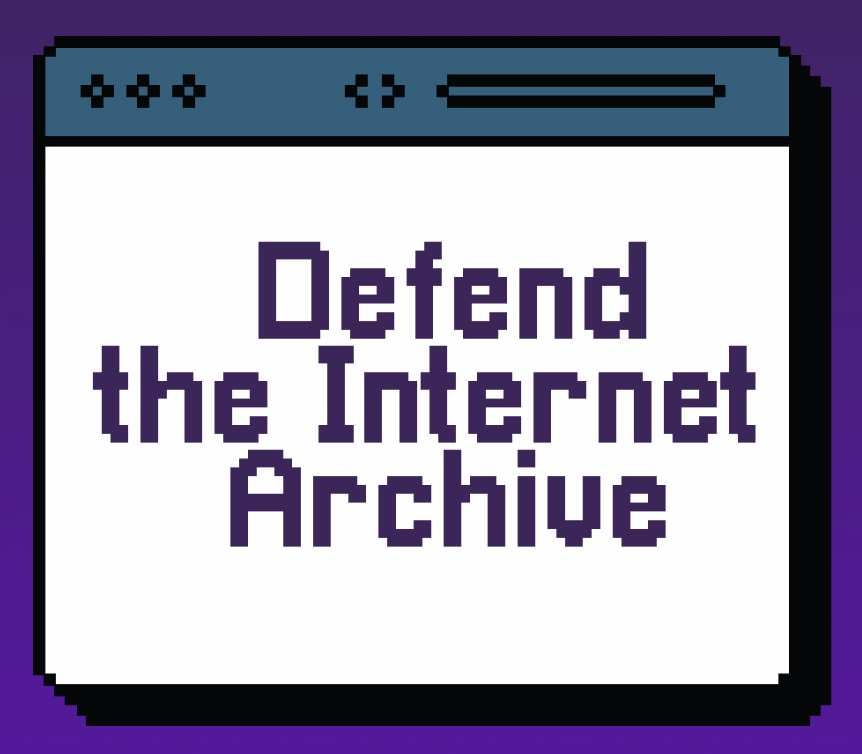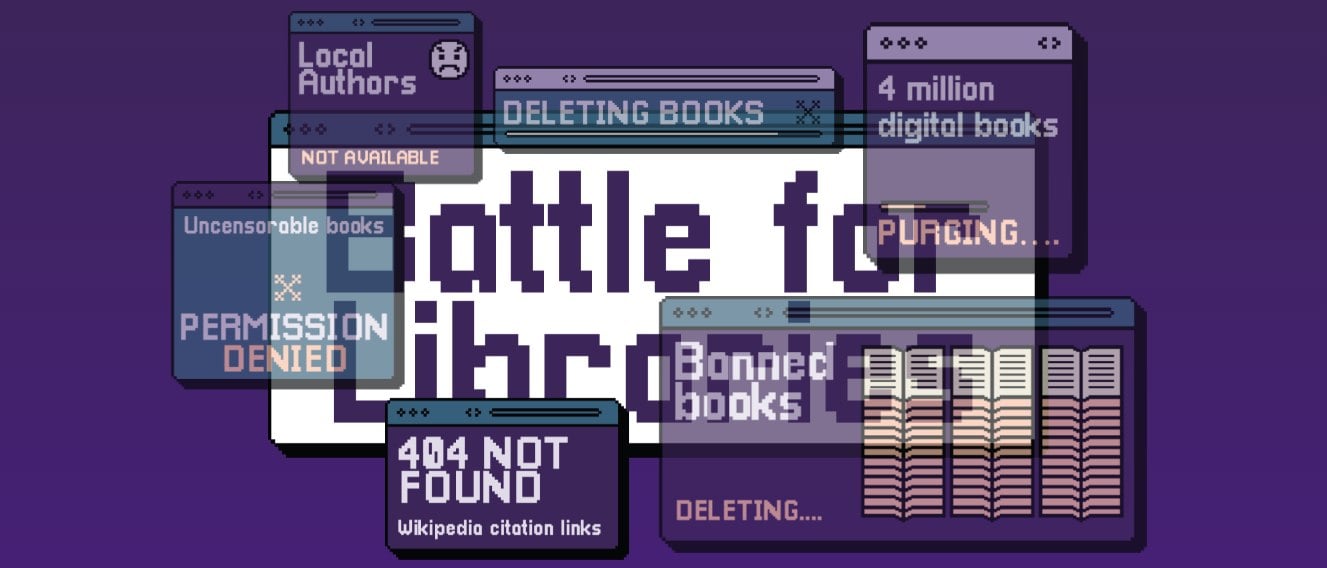

I used to participate in (what was then) the largest and most active automotive enthusiast forum for a specific brand. They had forums for each major model run, and classifieds, etc. I’d go there for how-to’s, detailed info, reviews, tips and tricks, and of course, to tall with like-minded people. Meet ups even spawned from these groups, and friendships were forged.
As it really picked up steam, though, the forum creators decided to monetize, as every large website grapples with how to sustain their growth. Unfortunately, they decided to implement ads, subscription/pay wall, and within a month, there were five competing websites. The majority of us left in the first two weeks.
Now that forum still exists, but the content is gone, deleted by users who didn’t appreciate their content being monetized (sound familiar, June 2023?). The replacements? Some struggle on, and one or two are vibrant, but mostly, it imploded. There was one glorious pair of years though, when I (and thousands of others) spent hours every day on the forum, and every topic was covered.
In hindsight, the downfall was more than just the advertisements and pay walling. It was a few non-admins that were treated as defacto mods, and they had bad attitudes. Flaming anyone who asked questions that were asked before (this was before Google made searching easier), and also holding their own practices as the only way to maintain their cars.
The reddit versions of the forums were not remotely the same, with people coming and going and not really sticking around. The best place for the info is still forums, though I think they struggle with server upkeep and costs. It’s sad to me, but all things change. I’m glad for archive.org.







Agreed. Especially if your source is Dessalines. 🙄